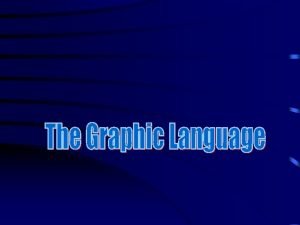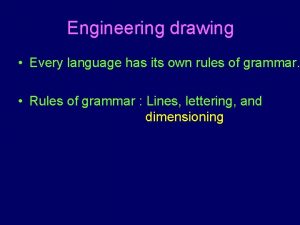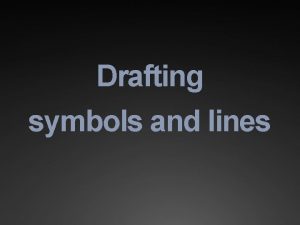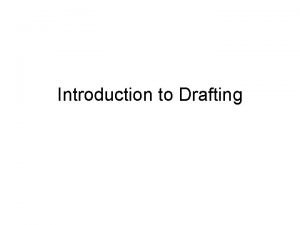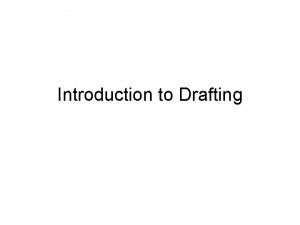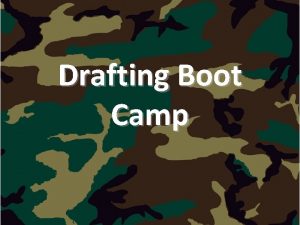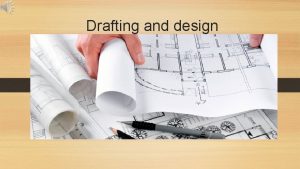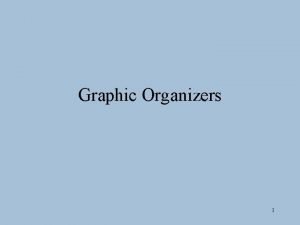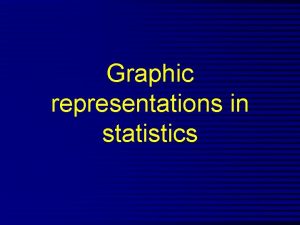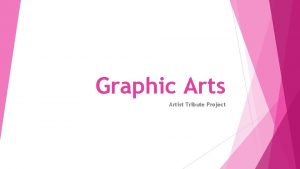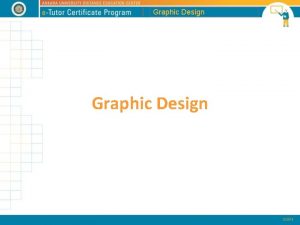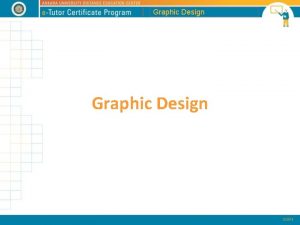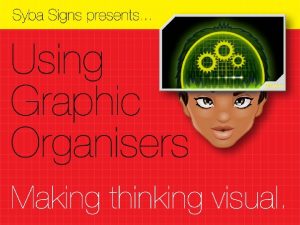Drafting is a graphic language having its own


















- Slides: 18


• Drafting is a graphic language having its own alphabet and grammar. • It requires visualization and implementation • Two main classes of technical drawing: – Artistic and Technical. • Artistic express emotions, philosophic or aesthetic ideas. • Technical drawings show objects really are.

• Exercise: How Important is Drafting (sketches, mechanical drawings and working drawings) when developing a new product or design? • On an 8 1/2” x 11” sheet of paper draw the item that is being described by your classmate. The describer may only use numbers and directional commands (up, down, right, left, up diagonally right, down diagonal right, etc. ) to convey the shape.

Shape # 1

Shape # 2

Shape # 3

• Stages of development: – Freehand Sketches. • quick sketches to convey ideas – Mechanical Drawings • A more accurate rendering of the object. – Working Drawings (drafts-person) • a complete drawing or set of drawings prepared so that the object represented on the drawing can be built without additional information.

• Working Drawings have two essential parts: – Views and Dimensions. • Views: The angle from which the object is being drawn. – Top, side, front, etc.

Dimensions: indicate the size and shape of each part of a design.

• The branches of technical drafting include: – Architectural drawing – Machine drawing – Structural drawing – Sheet-metal drawing – Electrical drawing – Aeronautical drawing – Marine drawing

• The goals of technical drafting: • Accuracy • Proper Technique (it is a language and it is similar to proper grammar. ) • Neatness • Speed

– Research Engineers perform experimentation that employ theories of science. (Observations) – Development Engineers apply the research in developing new products. – Design Engineers determine construction methods, materials, physical shapes, etc. – Production Engineers select equipment and plant facilities. – Construction Engineers supervise the building process. – Operating Engineers supervise the plant.

• Designers main job is to solve problems by generating new ideas. • And a skilled designer depends on graphic communication as a tool for selling ideas.


• ANSI: American National Standards Institute. – “Lettering on drawing must be legible and suitable for easy and rapid execution. ” • Vertical Letters vs. Incline Letters (your program prescribes practice of both. )

• Vertical vs. Incline 68 o

• Tips for proper lettering: – Learn the shapes – Learn the strokes – Learn the rules of spacing – PRACTICE!!! – Think ahead before you strike the page. – Keep your pencil sharp.

• Exercise 1: – Practice lettering your name, school name, date, and course to fill 2 sheets of loose leaf paper. Try to maintain 1/8” in height and uniform spacing. Remember, ONLY Capital Letters!
 A graphic language and has its own alphabet and grammar
A graphic language and has its own alphabet and grammar What type of sae is when you own your own business
What type of sae is when you own your own business Graphic weight meaning
Graphic weight meaning Ghost graphic story graphic and wayfinding
Ghost graphic story graphic and wayfinding Organism producer
Organism producer Clauses
Clauses A completely submerged object always displaces its own
A completely submerged object always displaces its own A blank makes its own energy and begins the food chain
A blank makes its own energy and begins the food chain British traditions and customs
British traditions and customs Chapter 19 liquids exercises answers
Chapter 19 liquids exercises answers Bone revolves around its own longitudinal axis
Bone revolves around its own longitudinal axis Why bitcoin it its own currency
Why bitcoin it its own currency In unidirectional system the dimensions are
In unidirectional system the dimensions are That its own people
That its own people Fahrenheit 451 personification
Fahrenheit 451 personification Every nation has _________ customs and traditions
Every nation has _________ customs and traditions Each season has its own beauty
Each season has its own beauty Airplane flight best illustrates
Airplane flight best illustrates Virtual labs energy transformation
Virtual labs energy transformation
